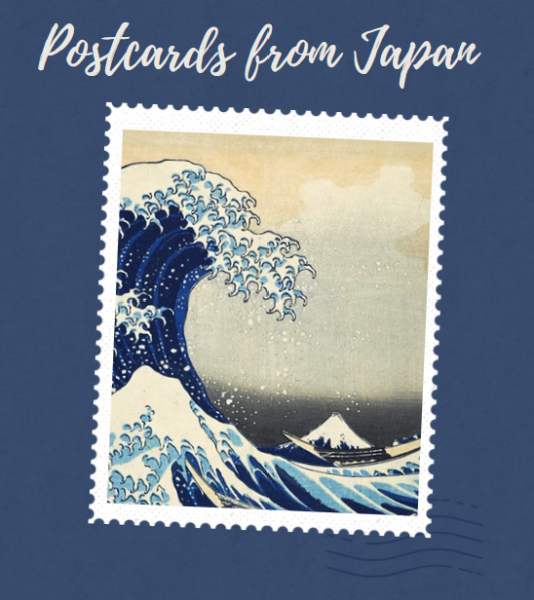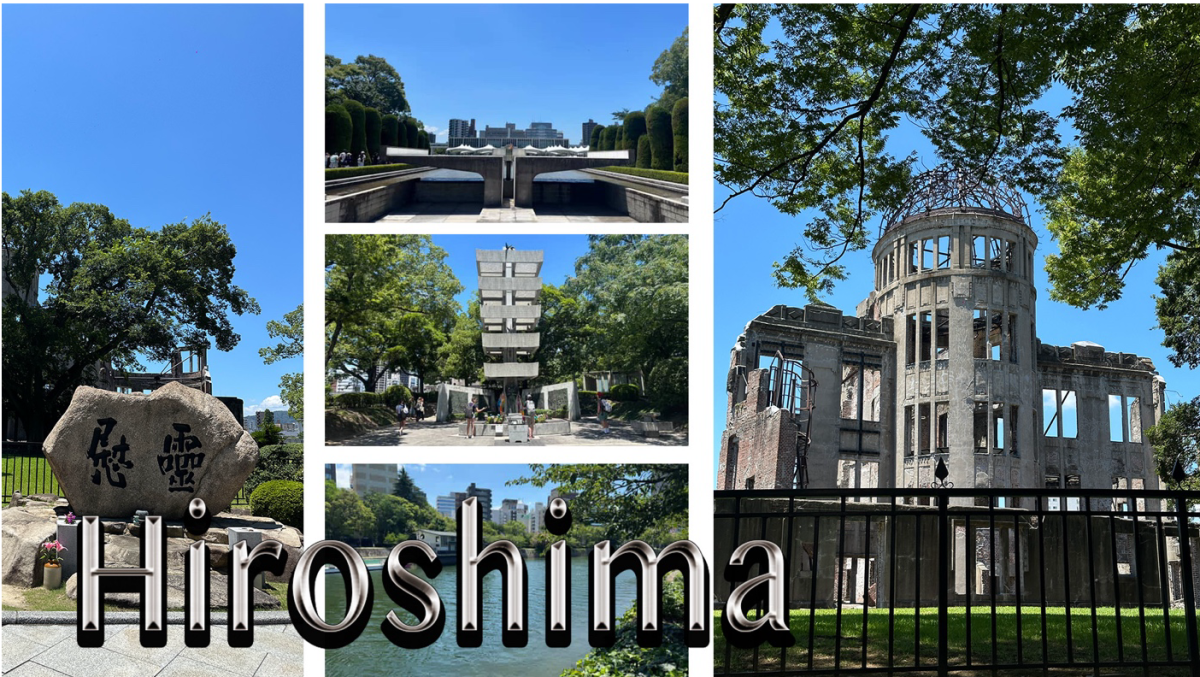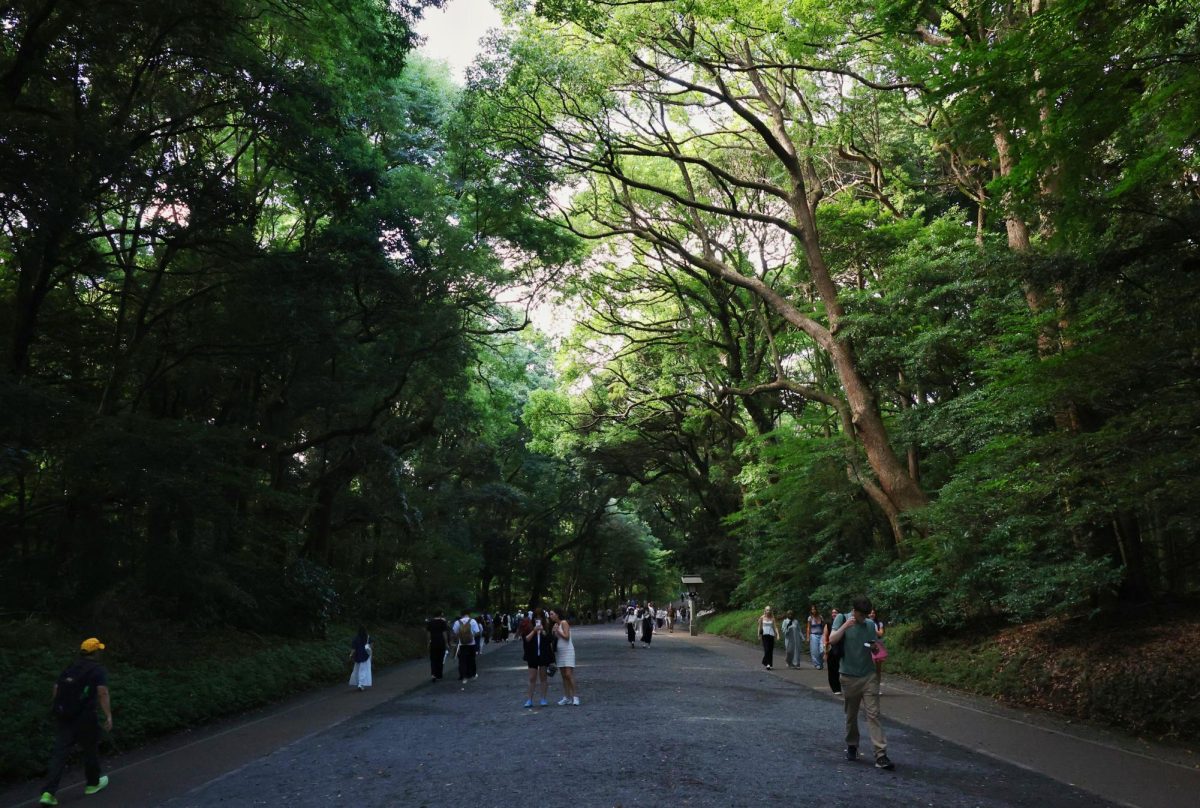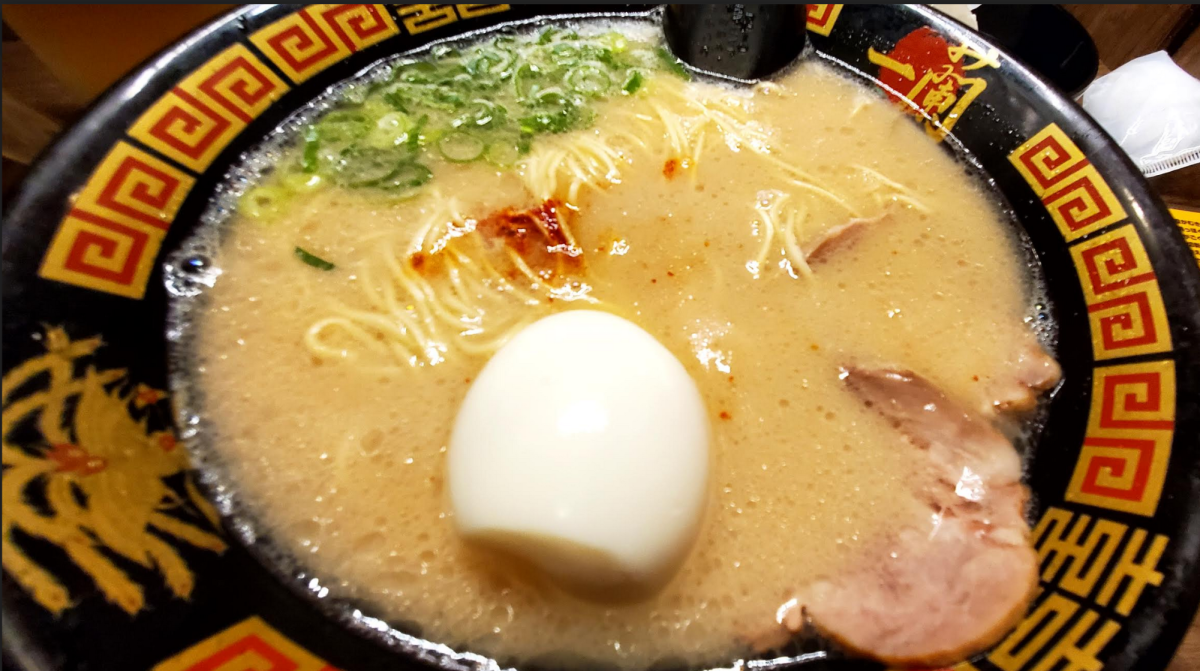KAWASAKI, Japan—Ramen, a Japanese noodle dish, has become an international phenomenon.
Arlington, Texas, boasts a number of ramen restaurants, testifying to the growing popularity of the comfort dish in the United States.

But having a steaming bowl of ramen in Japan just hits different.
The allure of ramen begins with the subtle yet complicated flavors from the soup, which is built on dashi, the soup stock. This stock may be made from chicken bones, pork bones, shellfish, beef bones, or fish, along with umami-boosting ingredients like kelp, bonito flakes and dried sardines.
Umami, which translates from Japanese as “pleasant savory taste,” is one of the five basic tastes, joining sweet, sour, salty and bitter.
Ramen’s umami is intensified with Japanese tare, or seasoning sauce. Ramen is typically made with either soy sauce, salt or miso tare.
A good ramen usually includes a healthy dose of aroma oil, helping to create a seemingly simple dish that bursts with layers of flavor.
Of course, the star of the dish is the noodles, which are known for their elasticity and firmness—perfect for slurping.
While slurping is generally frowned upon in the United States, it is the only way to eat ramen in Japan.
Interestingly, scientific studies have found that subjects who slurped their soup reported more intense flavors than those who sipped their soup. So, when in Japan, take advantage of the opportunity to enjoy all the flavor ramen has to offer.





































